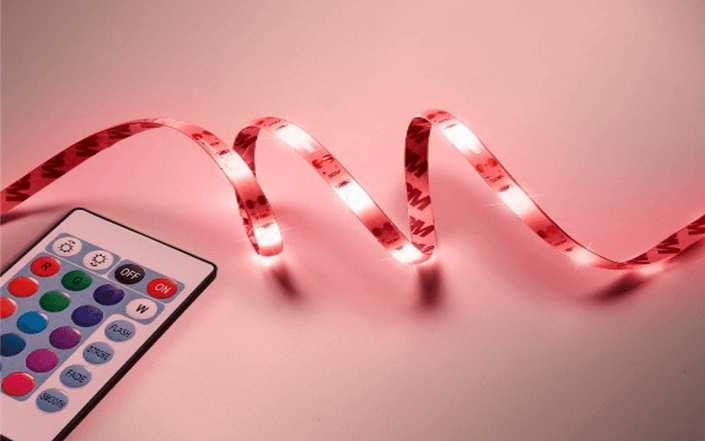LED lighting is becoming increasingly popular in commercial and industrial light fittings due to its many economic, safety, and environmental advantages. Since the EU banned halogen lighting in 2018, this is the ideal time to switch to LEDs. LEDs are discussed in this guide, along with their advantages. We will discuss:
How do LED lights work, and what does LED stand for?
Lighting emitting diodes are called LED strip lights. Small electrical components called semiconductors produce light when an electrical current passes through them. The light produced by the incandescent bulb is different from that of the halogen bulb because it is heated, and it is different from that of the fluorescent bulb too since it produces light via chemical reaction. Normally, LED lights are used for large-scale lighting projects, but why? Learn more about LED strip lights at https://www.lepro.com/led-strip-lights.
Light from LEDs: advantages and disadvantages
The benefits of LEDs are numerous. In addition to being more environmentally friendly, they can save you money as well. The advantages of LED lights will be discussed in more detail below.
LEDs last much longer than other bulbs
LED bulbs can have a much longer lifespan than other lights, like incandescent, halogen, and fluorescent, so you’ll spend less money on replacements.
LED bulbs have a long lifespan, right?
LED lights are estimated to last up to 50,000 hours. A typical incandescent bulb lasts 50 times longer, halogen lamps last 20 times longer, and compact fluorescent lamps last 10 times longer. Unless your LED bulbs burn out, it could be years before you have to replace them.
Why do LEDs last so long?
LED light bulbs are not affected by the effects of prolonged heat because they generate light without generating heat. Compared with fluorescent bulbs, halogen bulbs, and incandescent bulbs, their average lifespan is over twice as long.
Eventually, LEDs do need to be changed because the LEDs slowly start to fail. As a result, you’ll be able to immediately order new bulbs when your old ones start to dim.
LED lights are more environmentally friendly
LEDs have the advantage of being energy efficient, which makes them better for the environment than other forms of lighting.
Does LED lighting save more energy than incandescent bulbs?
Despite being powered by electrical currents, LEDs use the majority of the energy they consume to emit light. Since they use least energy in heat, they are more energy-efficient than fluorescent and incandescent bulbs. Additionally, they tend to use less power compared to fluorescent, incandescent, and halogen bulbs. This reduces their power consumption when they are fully lit. Light output remains the same, but the power consumption is reduced.
Compared to traditional lighting, LED lights consume an average of 80% less energy. LED lighting could help you reduce your carbon footprint significantly, whether you’re building a hotel or restaurant or replacing light fixtures in your house.
What is the wattage of LED lights?
Depending on how much power is used, LEDs can run anywhere between 4 and 28 watts, and the more power, the brighter the light. An LED light bulb that uses 4W is likely to produce the same amount of light (lumens) as an incandescent bulb that uses 35–40W. Due to the fact that LED lights use less energy and do not need to be replaced as often, they are generally cheaper than traditional lights.
Lighting with LEDs can save you money
In addition to being energy-efficient, LEDs are also environmentally friendly. You can save money by using LED lights since they use less electricity.
What is the cost of running LEDs?
LED energy costs vary widely depending on the number of bulbs you have and how long they’re on. The Energy Saving Trust estimates that you can save £35 to £40 a year when you install such devices. Our handy savings calculator can help you figure out how much you can save each year based on your number of bulbs and energy consumption.



